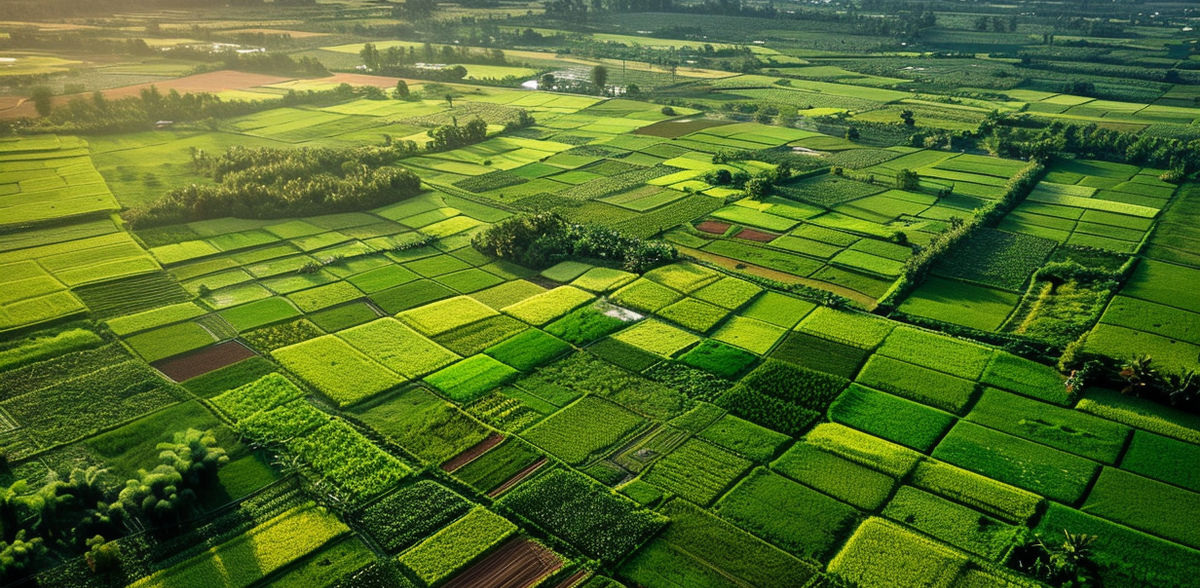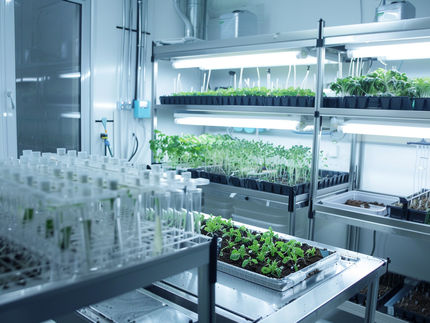Diversity with added value
Nature conservation and high-yield agriculture need not be a contradiction in terms, a global study shows.
Mixing livestock farming and arable farming, integrating flower strips and trees, water and soil protection and much more: diverse agriculture not only benefits nature, but also secures the food base for us humans and the economic yield for agricultural businesses. This is confirmed by a recent global study published in the journal Science with the collaboration of the LIB.
According to the study, a diverse agricultural landscape is a promising solution for more sustainable food production with ecological and social added value and more efficient use of resources - not only in Germany, but worldwide. The data shows that strategies that benefit biodiversity also improve food security. At a time when the prospects for protecting the environment and improving social conditions for farmers often appear bleak, the authors conclude that the results outline a promising path for shaping global agricultural policy. The broad-based study was conducted under the direction of the University of Copenhagen and the University of Hohenheim.
It was based on 24 studies from eleven countries and five continents and 2,655 farms, including smallholder farms in rural Africa, plantations in Southeast Asia, as well as small and large farms in North America, Europe and Latin America. Data sets were collected from all over the world - from maize production in Malawi and rubber trees in Indonesia to combined forestry and cattle farming in Colombia and winter wheat cultivation in Germany. All 58 authors of the study actively participated in its design in order to achieve a solid and credible integration of the many data sets distributed around the world. The interdisciplinary and participatory data synthesis provides information for debates on how food can be produced in an ecologically, economically and socially valuable way.
"Our study clearly shows that diversity in agriculture is beneficial: a more diverse agriculture not only helps nature, but also us humans," emphasizes Prof. Dr. Christoph Scherber, Deputy Director of the LIB and an expert on diversified farming systems, who co-authored the study. "The diversity of livestock, colorful crop rotations or mixed crop systems can make a decisive contribution to a better future. We have now been able to show this for the first time on a broad basis with the help of our own data and facts."
Ensuring food security for a growing world population has long been the overriding goal of agriculture. The result: pests in monocultures, overused and polluted soils, great vulnerability to climate change, environmental pollution and loss of biodiversity as well as a precarious economic situation for many farms. According to the experts, this has made it necessary to restructure the agricultural sector towards more biodiversity while at the same time safeguarding yields.
The authors of the study analyzed the ecological and social outcomes resulting from several agricultural diversification strategies, both separately and in combination. In five strategies, they include livestock, crop rotation, soil conservation and fertility management such as through compost, as well as non-crops such as hedgerows and water conservation.
They are investigating how these five strategies, individually or in combination, can lead to improvements in sustainability. The effects of "colorful" agricultural systems on off-farm biodiversity, ecosystem services (such as crop pollination), environmental damage reduction in general, and social dimensions such as human well-being and food security are examined. According to the study, the number of diversification measures applied has a positive impact on biodiversity, both in simple and complex structured landscapes.
The underlying dataset combines individual studies and thus covers a wide range of agricultural practices, geographical conditions as well as ecological and social contexts. This made it possible to develop a synthesis that is applicable across multiple agricultural systems. The data synthesis is based on a participatory process that includes several group meetings and exchanges with the data providers at all stages and the interpretation of the results.
Christoph Scherber: "In order to put these proven benefits of more diversity in agriculture into practice, policymakers need to promote incentives for the use of multiple diversification strategies."
Note: This article has been translated using a computer system without human intervention. LUMITOS offers these automatic translations to present a wider range of current news. Since this article has been translated with automatic translation, it is possible that it contains errors in vocabulary, syntax or grammar. The original article in German can be found here.

























































